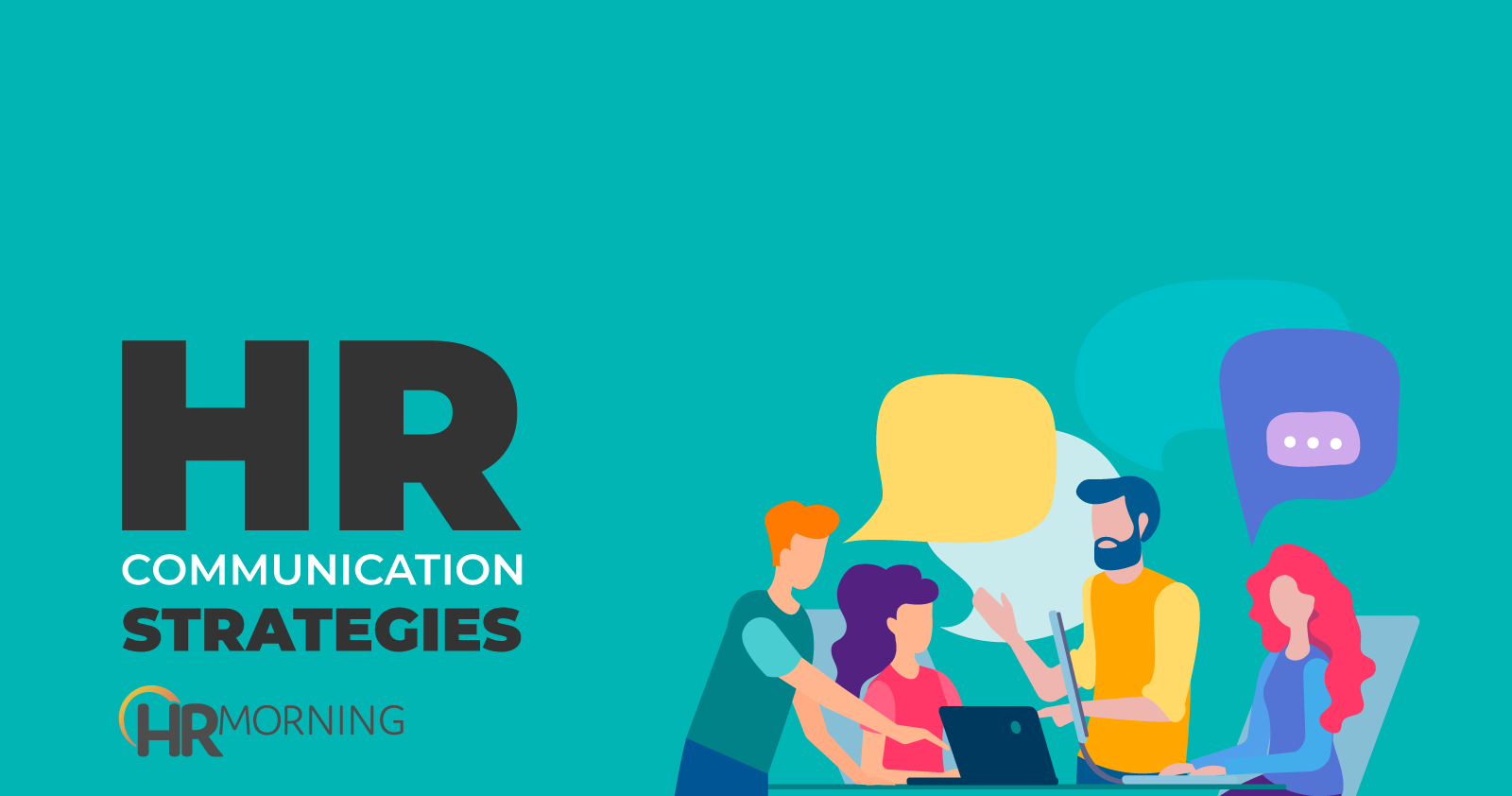You understand HR programs inside and out. But employees find them complicated – and that’s why it can be difficult to communicate them.
Whether employees are on-site or working remotely, they often don’t even bother to try to understand your HR policies and plans.
But HR needs employees to understand – so you can avoid a myriad of issues from misconceptions to lawsuits. So how you communicate HR programs, policies and measurements is as important to their success as what you communicate.
You might love to talk about KPIs, balanced scorecard, HSAs and confidentiality agreements. But, most employees’ eyes glaze over when they hear those terms and jargon.
So you need a plan to communicate your plans.
Here’s help from expert communicators on how to turn complex, complicated or just boring ideas into something employees will understand – and maybe even enjoy!
Think simplicity
Simplicity is the key when it comes to communicating HR plans and measurements.
Albert Einstein once said, “If you can’t explain it simply, you don’t understand it well enough.”
He managed to make some of the most complex information clear enough for anyone to understand. How? Study it. Know it. Then work at explaining it in a way your grandmother would understand.
Start with a story
HR policies and plans can be complex and technical to those working outside human resources. They don’t easily connect with the information – even if they know it’s important.
But you can gain and keep attention, plus build understanding, by starting presentations or meetings with stories, rather than with data or jargon-dense information.
Craft the technical stuff into stories that impact employees, says Anita Bruzzese, author of 45 Things You Do That Drive Your Boss Crazy–And How to Avoid Them.
Try a simple story setup: Problem, Solution, Result. You might share a story about a new employee who was nervous to navigate the 401k plan (problem). Then she took time to research the best options and worked with the plan provider (solution). And now, 10 years later, she is well-versed on the plan, pleased with her investment choices and well on her way to a comfortable retirement (result).
Communicate with analogies, metaphors
The late Steve Jobs used metaphors and analogies to help people understand and buy technology that was beyond what anyone could even imagine when he introduced it. One example: He once explained a new computer as, “… the most remarkable tool we’ve ever come up with … It’s the equivalent of a bicycle for our minds.”
Analogies help employees “get it” because you draw the comparison between something unknown and something familiar. The complex program becomes less daunting.
Try something like this: “Our FSA is like a piggy bank you don’t have to break. Add as much as you choose, and withdraw just what you need. The piggy bank stays intact.”
Use visual metaphors
You know visuals help improve almost any presentation. People like pictures with their stories. Now, researchers found people who saw visual metaphors gained more insight from what they heard than those who didn’t get the visuals in their presentation.
For instance, showing a light bulb when you bring up a new idea can help employees get and remember it. Another visual tool: Show one concept in several ways – with a graphic, a chart and an image.
‘Twitter-ize’ communication
Try to break down the HR information you need to communicate into a handful of key topics. From there, “Twitter-ize” each one: Cut down each point to 140 characters. This forces you to boil down complex information to its most critical elements.
You don’t have to tweet the information. Those 140 characters are probably too few for important HR programs. But this exercise helps you target, identify and share information in a clean, concise way, Bruzzese says.
Prioritize information
When you need to relay important HR information, look at it and try to deliver it through the employee lens.
Financial author and TV host Suze Orman makes complex issues and topics easier for viewers to understand by gathering all the information she can and deciding which parts of it impact the audience most. Then she breaks down the critical factors into digestible pieces delivered in everyday language.
Challenge your points
To further bulletproof your communication points, challenge each one by asking, “So what?” again and again. Think of the “so what” questions employees might ask about HR programs or plans you need to lay out.
For instance, “So what does that mean to my payroll deductions?” “So what happens when I decide I don’t want that benefit?” “So what do you think will happen if I can’t do it?”
Be quiet to communicate more
HR pros and frontline managers sometimes tend to fill silence with more information. Or if they ask, “Any questions?” and employees don’t speak up quickly, they presume everyone understands, and they move on.
Not Warren Buffet. He uses long pauses or waits in silence after he’s asked a question to prompt people to collect their thoughts and say or ask more.
Communicate in person
Whether employees are on-site or work remotely, you want to communicate HR programs personally – not via email or text. No one wants more meetings or Zoom calls, but the in-person contact is important to the getting a message across.
“Poor communication is a big problem in the workplace,” says Tonya Slawinski, Ph.D, president and owner of Turn Key Consulting. “When communication breaks down, rumors run rampant and will directly impact productivity.”
When you share information verbally, you avoid the miscommunication issues from email and texts, which don’t relay emotion and full meaning. Your tone helps relay what’s important, serious and/or critical.


